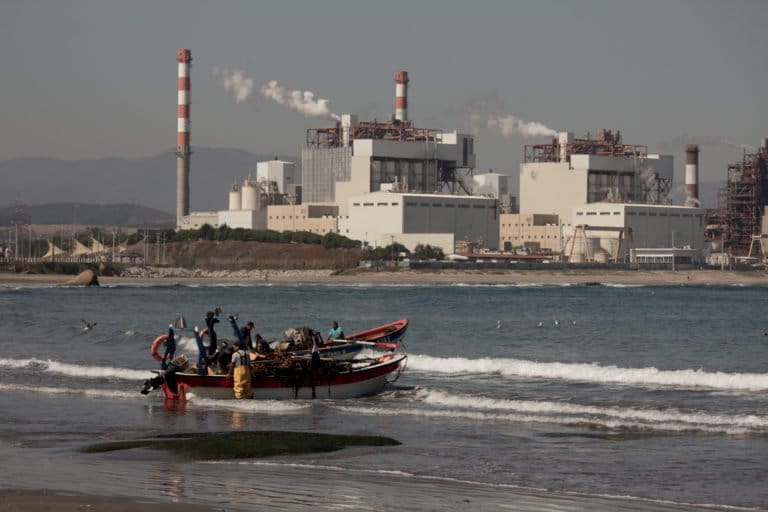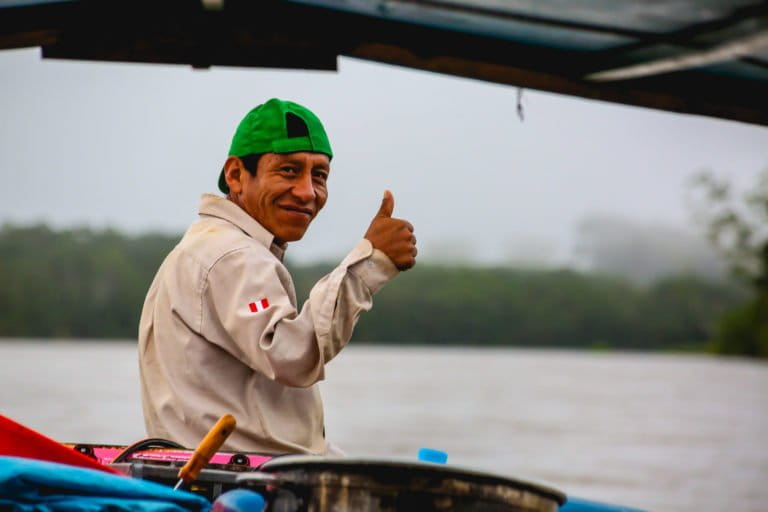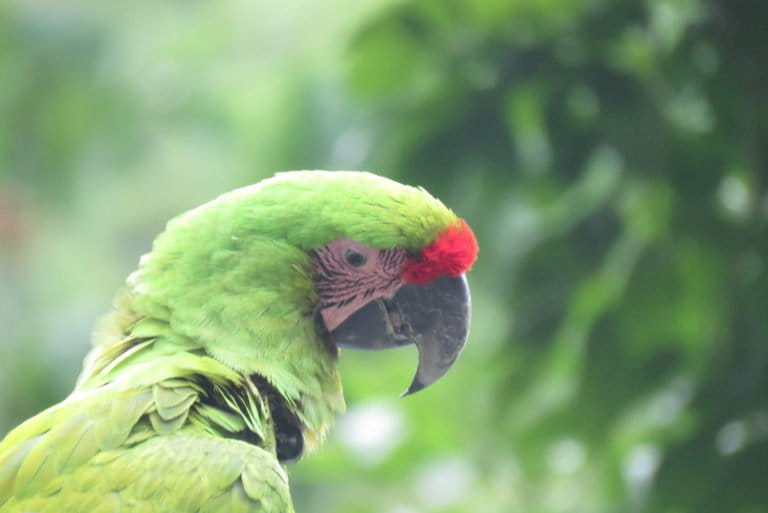- Here are the recent top stories from Mongabay’s Latin America bureau, Mongabay Latam.
The most popular stories from our Spanish-language service, Mongabay-Latam, followed trafficking of jaguar parts in Peru and Bolivia, a strategy to limit cattle ranches in Colombia, and liberated macaws in Ecuador.
High demand for jaguar parts in Peru
In a single week, a team of journalists visiting markets in the Peruvian Amazon port of Iquitos found 44 fangs, four skulls, five skins and 70 claws, confirming the deaths of 24 jaguars. The largest fangs cost between $76 and $91, while the smallest run as low as $30 to $45. Trafficking in jaguar fangs alone is creating a robust market that feeds a growing demand.

A visit to Bolivia’s black market for jaguars
In the last five years, an estimated 171 jaguars were killed in Bolivia’s forests, in what is considered one of the worst killing sprees since the 1970s, when they were hunted for their skins. Now they are victims of an Asian market for their parts, particularly their fangs. So far officers have caught Chinese traffickers with 684 fangs, 119 of which were found at the airport in Beijing. In most cases, the fangs were hidden in key chains, necklaces, boxes of chocolates, and wine to escape detection.

Saving Colombian forests from pastures
Cattle ranching in Colombia should be highly productive and sustainably use natural resources so that future projects are established only in appropriate areas to reduce their impact on the land, suggests a new study from the Humboldt Institute. In particular, the authors suggested the Caribbean and Andean regions should have the highest number of off-limit areas.

The fisherfolk of Chile’s Chernobyl
No one wants to eat seafood from the bay of Ventanas, “the Chilean Chernobyl.” In 2014, a study showed that all of its seafood species were contaminated with copper, arsenic and cadmium. Abalone harvested by the fisherfolk there had levels of arsenic and copper four and five times higher, respectively, than what is allowed under European conventions. Once a thriving fishing port, it is now the site of an industrial park.

The story of the man married to Manu National Park
The story of the man who won this year’s Carlos Ponce del Prado prize as a Model Forest Ranger began 33 years ago in Manu National Park. The park, which extends 17,163 square kilometers (6,627 square miles) in Peru’s Amazon, is comprised of a diversity of ecosystems, from the plains of the Amazon to mountaintops 4,000 meters (13,100 feet) high.

Guayaquil’s rare green macaw takes flight
In 50 years, no one had seen the free flight of the large green macaw in the west of Ecuador. This bird, a subspecies known as the large green macaw of Guayaquil (Ara ambiguus guayaquilensis), had disappeared from the area. Now the Rio Ayampe Reserve has developed a project to reintroduce the species with birds that were rescued from captivity.

Read these stories in their entirety in Spanish here at Mongabay Latam.
Banner image: a jaguarundi (Puma yagouaroundi). Photo by Rhett Butler for Mongabay.
